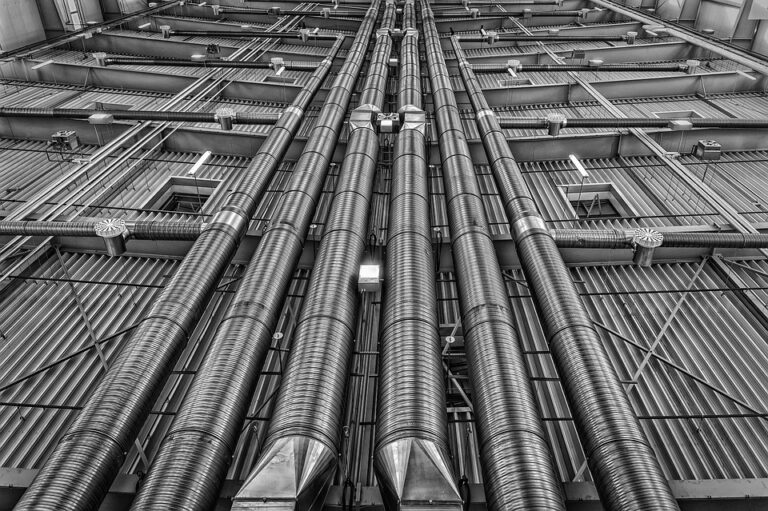A New Era for Classic Cars: The Retrofit Revolution of Electric Conversion
Meta Description: Explore how the retrofit revolution of electric conversion is transforming the classic car market and paving the way for sustainable driving in the automotive industry.
The classic car market has long been a bastion of nostalgia and automotive artistry, but as the world shifts toward sustainability, a groundbreaking trend is emerging that’s changing the narrative. Welcome to the retrofit revolution of electric conversion, where vintage vehicles are getting a modern twist. This shift is not only revitalizing classic cars but also making a significant impact on automotive industry updates, positioning traditional enthusiasts at the forefront of the electric vehicle (EV) movement.
The Charm of Classics Meets Modern Technology
Classic cars evoke strong emotions and fond memories, yet they are often plagued by inefficiencies and environmental concerns. By retrofitting these timeless machines with electric drivetrains, car enthusiasts can preserve their classic spirit while embracing modern technology.
Here’s why this retrofit revolution is a game-changer:
- Environmental Impact: Traditional combustion engines significantly contribute to pollution. Electric conversions drastically reduce carbon footprints, aligning with global sustainability goals.
- Performance Improvement: Electric drivetrains offer instant torque and smoother acceleration, giving these classic rides a new lease on life. Many owners report enhanced driving experiences.
- Regulatory Compliance: Different regions enforce strict emissions regulations. Converting to electric not only complies with these laws but also helps owners avoid hefty fines.
The Process of Electric Conversion
Electric conversion isn’t just about swapping out engines; it involves a thorough understanding of both classic vehicles and electric vehicle technology. Here’s a step-by-step breakdown of the retrofit process:
1. Assessing the Vehicle
Before starting the conversion, it’s vital to assess the condition of the vehicle. Key aspects to consider include:
- Body Integrity: Inspect the chassis, body panels, and frame for any rust or damage that needs repair.
- Mechanical Setup: Evaluate existing components like brakes and suspension, which may require upgrades to handle the additional weight of batteries.
2. Choosing the Right Components
The core of any electric conversion involves selecting suitable components, including:
- Electric Motor: Popular choices range from DC motors to advanced AC motors, each offering different power outputs and efficiencies.
- Batteries: Lithium-ion batteries are the most common due to their high energy density and longevity. Proper placement and weight distribution are crucial for maintaining vehicle balance.
- Controller: This crucial component manages power delivery from the battery to the motor, affecting performance and responsiveness.
3. Installation
The installation involves integrating new components without compromising the vehicle’s appearance. Experienced professionals ensure that everything fits seamlessly, which may involve custom brackets, wiring, and modifications to the vehicle’s layout.
4. Testing and Tuning
After installation, extensive testing is vital to ensure everything operates smoothly. The tuning process optimizes performance, adjusting speed controls, regenerative braking, and more for the best driving experience.
Success Stories in Electric Conversion
Numerous classic car enthusiasts have embarked on the electric conversion journey, with compelling results:
- Volkswagen Beetle: The iconic Beetle has become a popular candidate for electric conversion, combining its classic design with eco-friendliness. Several companies specialize in VW conversions, offering kits that make the process simpler for DIYers.
- Chevrolet Camaro: A classic American muscle car, the Camaro has seen a surge in electric conversions. Models like the "ElectroVette" showcase how enthusiasts can retain a car’s original aesthetics while upgrading its performance dramatically.
- Jaguar E-Type: Jaguar has even embraced this shift, offering an official electric version of their classic E-Type, further legitimizing the movement.
The Future of Classic Cars
The electric conversion trend is part of a larger transformation in the automotive industry. As consumers lean toward environmentally-friendly options, classic cars retrofitted with electric powertrains are becoming more than just a novelty. They symbolize a bridge between heritage and innovation.
Reflections on the Retrofitting Landscape
The retrofit revolution has reshaped how we perceive classic cars. It provides a meaningful solution to the automotive industry’s challenges, ensuring that these cherished vehicles are not relics of the past but active participants in the sustainable future of driving.
Conclusion: Join the Retrofit Revolution
As the automotive industry continues to evolve, embracing electric conversion is a way for classic car enthusiasts to marry preservation with progress. This movement encourages innovation while honoring the past, making it an exciting time to be involved in the world of classic cars.
For those looking to venture into the retrofit revolution, consider researching local conversion specialists or DIY kits that fit your needs. Join the community of forward-thinking enthusiasts, and give new life to your classic ride while contributing to a more sustainable future.
By integrating these retrofits, classic car lovers not only maintain their passion but also adapt to the evolving demands of today’s environmentally conscious consumers, steering into a brighter, greener future.


